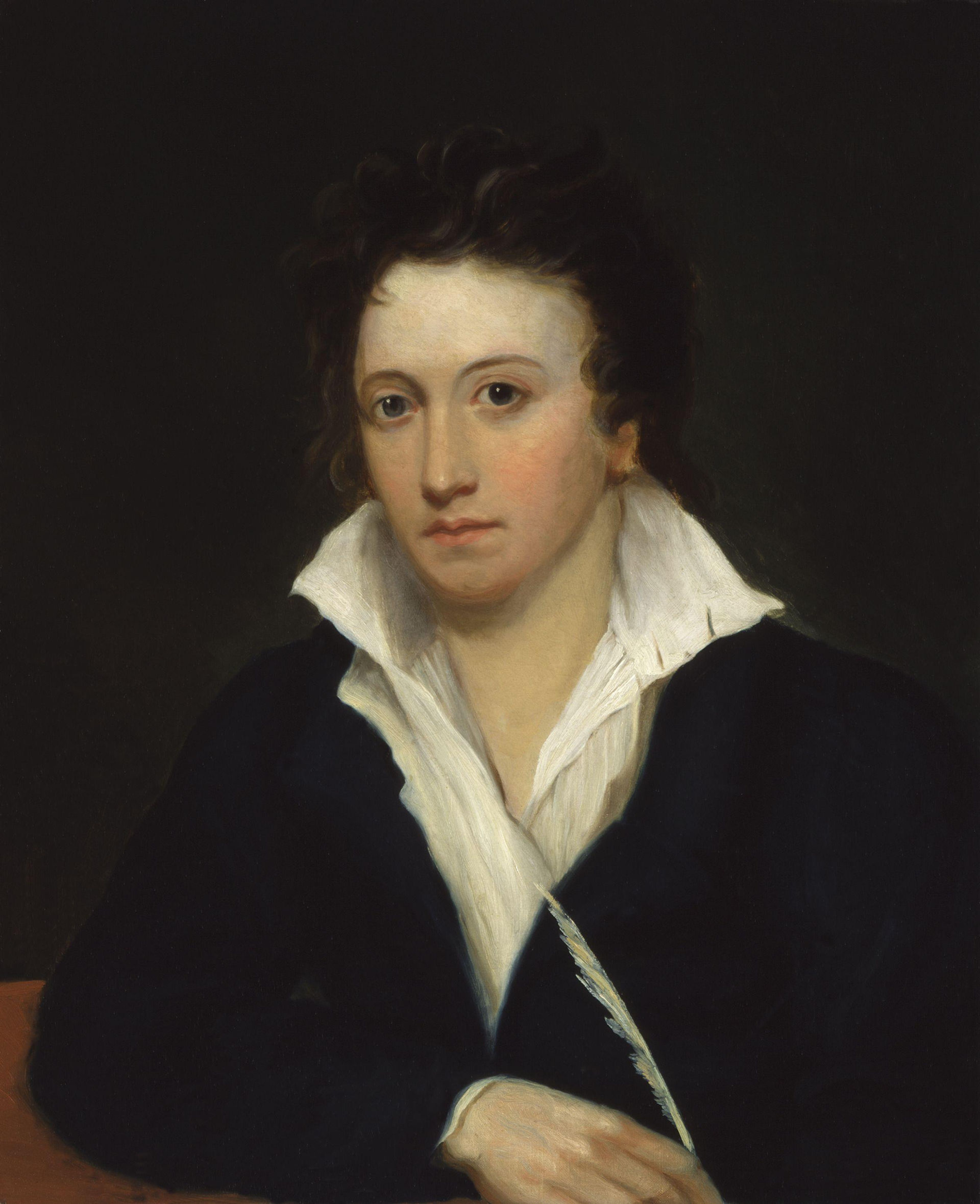
Beyond Dante’s Divine Comedy: How to Write a Terza Rima
Summary
This article encourages women poets to explore the centuries-old form of terza rima, highlighting its potential for creative expression within a structured framework. By engaging with terza rima, women poets connect with a rich literary tradition, challenge existing boundaries, and contribute their unique voices to the evolving narrative of poetry.
Reflection Questions
- How do you think engaging with traditional forms like terza rima can impact your personal style and thematic choices in poetry?
- In what ways do you believe the structured nature of terza rima might influence the expression of gender and identity through poetry?
- Reflect on the historical context of terza rima and its creators. How can modern women poets reinterpret this form to reflect contemporary experiences and perspectives?
Journal Prompt
Within the confines of terza rima’s interlocking rhyme scheme, write a poem that explores a moment or experience unique to your life as a woman. Consider how the structure can both contain and amplify your voice, weaving personal narrative with the universal threads of human emotion. Let this be both a challenge and an opportunity to see how the constraints of form can lead to unexpected depths of expression and connection.
The centuries-old poetic structure of terza rima is a portal to the past, connecting women to the voices of poets who have long shaped the narrative of human experience. Embracing terza rima is not merely an exercise in adhering to form but an invitation to join a lineage of storytellers who have used this medium to express the depths of emotion, the complexities of thought, and the beauty of the world as they see it. We encourage you to infuse this late medieval verse form with your unique perspectives, to challenge and expand its boundaries, and to claim your place within a narrative that evolves with each voice it includes. In exploring terza rima, you engage with a legacy of poetic craftsmanship. Read on to learn all about how to write a terza rima in your own style and voice.
What is Terza Rima?
Terza rima is a rhyming verse stanza form that consists of an interlocking three-line rhyme scheme. It is typically structured in tercets, or three-line groupings, with the rhyme scheme of ABA BCB CDC, and so on. This means that the second line of each tercet rhymes with the first and third lines of the following tercet, creating a chain of rhymes that can extend for as long as the poet wishes. The form concludes with a single line or a couplet repeating the rhyme of the middle line of the final tercet, effectively tying the poem together with a rhyme scheme of ABA BCB CDC…YZY ZZ or YZY Z.
First written in the Italian language, terza rima was initially used by Dante Alighieri in the early 14th century for his epic poem “The Divine Comedy.” The form’s rhythmic progression lends itself to narrative and epic poetry, providing a forward momentum that propels the poem. The interlocking nature of the rhyme scheme creates a sense of continuity and interconnection between stanzas, which can add layers of meaning and musicality to the poem.
Terza rima has been adapted by many poets since Dante, including English poets like Percy Bysshe Shelley, who used it in his poem “Ode to the West Wind,” and Lord Byron in his narrative poem “Don Juan.” The adaptability of terza rima to different languages and its capacity for lyrical beauty and complex thematic development have made it a favorite among poets looking to explore a range of topics, from personal reflection to grand historical narratives. Its use requires a high degree of skill in selecting words and phrases that not only fit the rhyme scheme but also contribute to the overall flow and meaning of the poem, showcasing the poet’s mastery over language and form.
Famous Terza Rima Form Pieces By Italian Poets and Beyond

Terza rima, a poetic structure characterized by its interlocking three-line rhyme scheme (ABA, BCB, CDC, etc.), has been employed by many poets across centuries, making it a notable form in the world of literature. The following examples illustrate the versatility and enduring appeal of terza rima across different languages and literary eras, highlighting its capacity to convey a wide range of expressions, from the deeply personal to the universally profound. It remains a popular rhyme scheme and verse form of contemporary poets today.
“Divine Comedy” by Dante Alighieri
Perhaps the most renowned use of terza rima, this epic poem is a monumental work in Italian literature and uses the structure to traverse the realms of Hell, Purgatory, and Paradise. Dante’s application of terza rima is considered masterful and has set a high standard for subsequent poets.
“Ode to the West Wind” by Percy Bysshe Shelley
In this poem, Shelley employs terza rima to articulate his thoughts and feelings about the power and role of the West Wind in both destruction and renewal within the natural world. It’s one of the most famous examples in English poetry, demonstrating the form’s flexibility beyond its Italian origins.
“The Second Coming” by W.B. Yeats
Though not a strict terza rima, Yeats’s influential poem echoes the interlocking rhyme scheme in parts, blending it with his own stylistic innovations. The work is famous for its powerful imagery and profound themes, reflecting the turmoil and transitions of the early 20th century.
“Terza Rima” by Robert Frost
Frost’s poem directly engages with the form, experimenting with terza rima in the context of English verse. His adaptation showcases the potential for this Italian import to convey complex ideas and emotions in a more concise English idiom.
Fuel your creative fire & be a part of a supportive community that values how you love to live.
subscribe to our newsletter
*please check your Spam folder for the latest DesignDash Magazine issue immediately after subscription

“Acquainted with the Night” by Robert Frost
Another example from Frost, this poem uses a modified terza rima structure to explore themes of loneliness, isolation, and the experience of walking through a city at night. Frost’s innovative use of the form adds to the poem’s haunting, introspective quality.
“The House of Life” by Dante Gabriel Rossetti
This collection of sonnets and other poems includes pieces that employ terza rima, showcasing Rossetti’s commitment to Italian poetic forms and themes. His work bridges the realms of the Pre-Raphaelite movement in England and the earlier traditions of Italian poetry.
Women and the Terze Rime in Renaissance Italy

We cannot explore terze rime poetry without mentioning Italian poet Veronica Franco. Veronica Franco (1546–1591) was a Venetian courtesan, poet, and intellectual of the Renaissance period, known for her literary work and participation in the cultural and philosophical life of Venice. While she is not primarily known for writing in terza rima, Franco is celebrated for her contributions to poetry and for the sophistication and depth of her literary output, which includes sonnets and letters. Veronica Franco’s terze rime and other poetry often dealt with themes of love, beauty, and the complexities of the human experience, reflecting both her personal experiences and her intellectual engagements.
Franco’s significance in the context of Renaissance literature lies more in her role as a female writer who navigated and challenged the social norms and expectations of her time. As a courtesan, she occupied a unique social position that allowed her to receive an education and engage in intellectual discourse, privileges that were typically inaccessible to women of her era. Her poetry and letters not only offer insight into her life but also serve as a lens through which to view the culture, politics, and gender dynamics of 16th-century Venice.

are you a writer?
Margaret Rosenthal’s Insights into Veronica Franco’s Poetry and Impact
Margaret F. Rosenthal’s work on Veronica Franco, specifically “Veronica Franco’s Terze Rime: the Venetian Courtesan’s Defense,” dives into the poetic and social significance of Franco’s contributions to Renaissance literature through her Terze rime. Rosenthal’s analysis not only highlights Franco’s role as a courtesan and poet but also examines how her work interacted with and challenged the gender dynamics of her time. Franco’s Terze rime, published in 1575, includes a collection of 25 poems, although not all are her own; some are attributed to other poets, including Marco Venier. These poems are significant for their open eroticism and sexual explicitness, which were both a reflection of her life and a strategic assertion of her intellectual and erotic agency within the highly gendered society of Renaissance Venice.
Rosenthal’s research details how Franco’s work was a defense not just of her personal reputation but also of the broader role of women in society. In her poems, Franco directly addresses and engages with male patrons, demanding a response and thereby positioning herself as an active participant in literary and intellectual discourse. This engagement was part of a larger trend in Renaissance Venice, where literary salons served as critical spaces for the exchange of ideas among intellectuals, including women like Franco. Through her poetry, Franco challenged the Petrarchan ideal of the silent, unattainable woman, insisting instead on a dialogue that acknowledged women’s intellectual and erotic autonomy.
Her interaction with the Venier family, particularly within the literary salons of Domenico Venier, played a significant role in her development as a poet. The salons were venues for exchanging poetic compositions, including Franco’s capitoli in terza rima, with male poets, which fostered a culture of literary exchange and critique that was inclusive of women’s voices to some extent. Read Rosenthal’s full article through Cambridge University Press or JStor.
DesignDash Guide: How to Write a Terza Rima
When writing an article about crafting poetry in terza rima, you are adopting a form that blends structure with a flowing narrative, making it both a challenge and a joy to write. Writing in terza rima offers a unique opportunity to engage deeply with the craft of poetry. By weaving together rhyme, rhythm, and narrative, you can create poems that resonate with readers and leave a lasting impression. Below are a few tips that can help both beginners and seasoned poets navigate and master terza rima.
Understand the Structure
Start with a clear understanding of the terza rima form. Each stanza consists of three lines (a tercet) with a chain rhyme scheme of ABA BCB CDC, and so on. The poem can end with a single line or a couplet that ties back to the rhyme of the middle line of the preceding tercet. Grasping this pattern is crucial before you begin writing.
Plan Your Theme and Storyline
Due to its interlocking nature, terza rima is well-suited for narratives and themes that unfold progressively. Outline your poem’s central theme, story, or argument in advance to ensure a cohesive flow from one stanza to the next.
Choose Your Rhymes Carefully
The rhyme scheme of terza rima requires careful selection of words. Think ahead about your rhymes, especially since each one needs to connect to the next set of tercets. This may involve brainstorming words that rhyme and building lines around them.
Maintain Flexibility with Length
The beauty of terza rima is its adaptability in terms of length. You can write a short poem with just a few stanzas or a longer piece that unfolds over many verses. Let the content dictate the poem’s length rather than trying to fit your ideas into a predetermined number of stanzas.
Work on Fluidity
The interlocking rhymes should not only link the stanzas but also contribute to the poem’s rhythm and flow. Read your poem aloud to ensure that it sounds fluid and cohesive, adjusting words and phrases that might disrupt its musicality.
Experiment with Language and Imagery
Terza rima poems often thrive on rich imagery and innovative language use. Don’t be afraid to experiment with metaphor, simile, and vivid descriptions to bring your poem to life and engage the reader’s senses.
Revise with an Ear for Sound and Sense
After drafting your poem, revisit it with an eye for both its sound and its meaning. The revision process is where you fine-tune the rhyme and refine the poem’s thematic elements, ensuring that each word serves both the form and the content.
Study Examples
One of the best ways to understand terza rima is to read poems written in this form. Start with Dante’s “Divine Comedy” for a classic example, then explore how modern poets have adapted the form to suit contemporary themes and languages.
Final Thoughts on Writing Poetry in Terza Rima Form

Writing in terza rima is an exploration of poetic structure, creativity, and expressive depth. This form, with its interlocking rhyme scheme and rhythmic flow, invites poets to delve into a rich tradition of storytelling and thematic exploration, linking them to a lineage that stretches back to the heart of the Renaissance.
As you experiment with terza rima, let the form’s constraints inspire rather than inhibit, allowing the necessity of rhyme and rhythm to guide your language to new heights of expressiveness. Remember, the beauty of poetry lies in the dance between form and freedom, and mastering terza rima offers a unique pathway to deepen your poetic craft.
Whether you’re weaving narratives that span the breadth of epics or capturing the essence of a moment in a few terse stanzas, terza rima holds the potential to transform your poetic voice, connecting your work to the enduring legacy of poets who have shaped the landscape of literature.
Design Dash
Join us in designing a life you love.
Styling Spaces Seasonally for Evergreen Portfolio Content + Of-the-Moment Marketing
Learn how interior designers can style spaces seasonally to create both evergreen portfolio images and timely marketing content.
Counting Down Our Most Listened-To Episodes of 2025: Brittny Button
Learn why our conversation with Brittny Button became one of the DesignDash Podcast’s most listened-to episodes of 2025.
10 Finn Juhl Furniture Pieces That Embody Danish Modern Design
As evidenced by these 10 iconic Finn Juhl furniture pieces, he exemplified Danish Modernism through sculptural forms and architectural angles.
Counting Down Our Most Listened-To Episodes of 2025: Jamie Young
On the DesignDash Podcast, enjoy Jamie Young’s insights on building a timeless design brand through grit, reinvention, and strategic growth
What Do I Do If My First Client Ghosts Me After I Send the Proposal?
Learn how to respond when a PNC goes silent after receiving a proposal from your firm. Promise, ghosting is almost never a reflection of your work!
What Is Gustavian Interior Design, And Is It Still Relevant Today?
Georgian interior design’s light palettes, balanced proportions, and restrained Neoclassical details make the Swedish style relevant.








